Should you paint skirting boards the same colour as your wall? Designers share the colour rules to follow when ditching white
From colour-drenched walls to bold contrasts, discover how your choice of skirting board colour can completely change the feel of a room
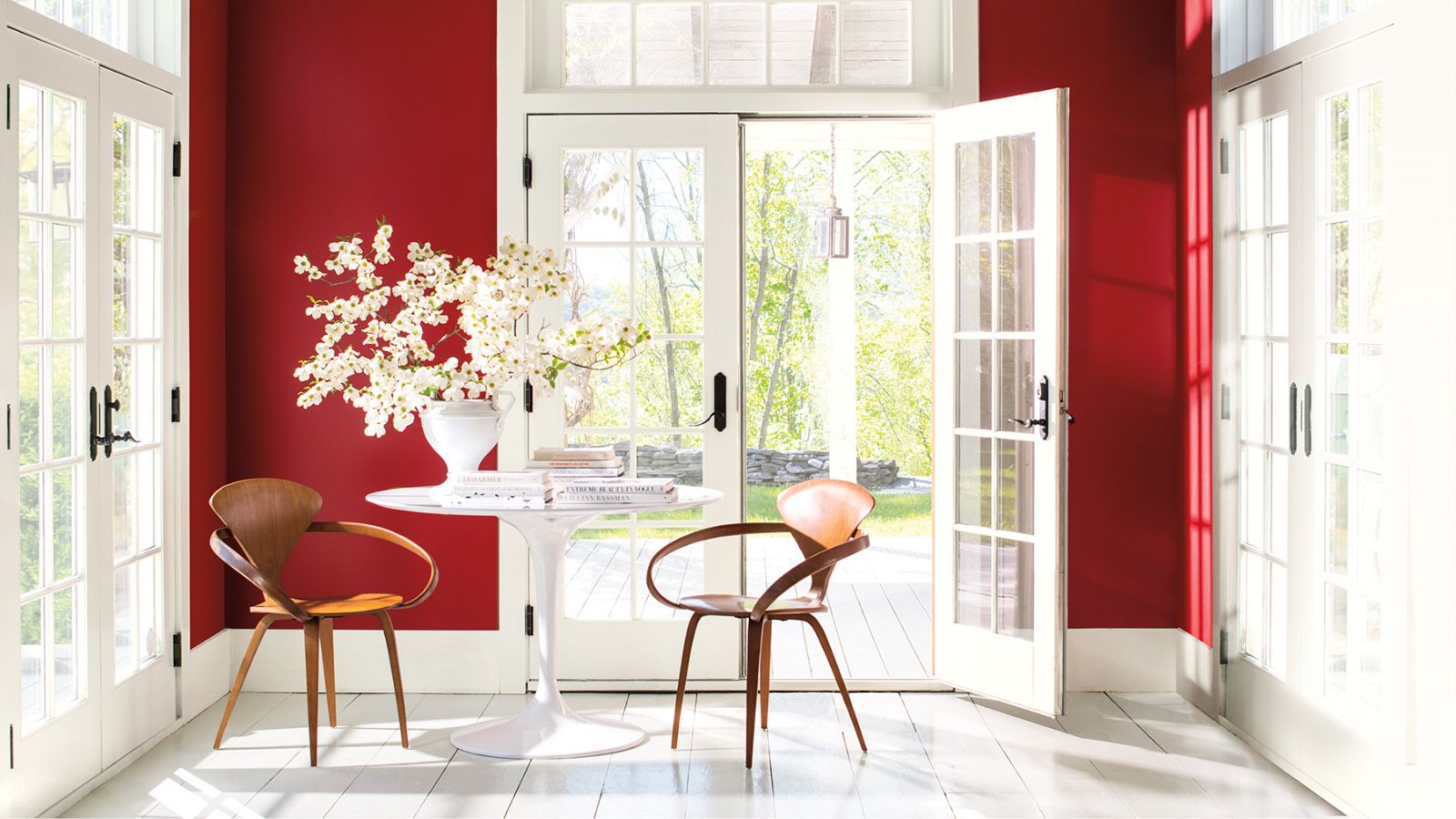
If you’ve ever stared at a tin of paint wondering whether to keep your skirting board ideas white or match them to your wall colour, you’re not alone. It’s one of those simple decorating choices that can make a surprisingly big impact – and one that interior designers are increasingly rethinking.
Painting skirting boards the same colour as your walls can completely change how a room feels. Done right, it can make a space feel taller, calmer and more contemporary. But contrast still has its place, especially if you want to highlight period features or add a touch of definition around the edges.
So, how do you know which approach is right for your home? We’ve asked designers to share when to match, when to contrast, and how to make your skirting boards work harder in your decorating scheme.
When to paint skirting boards the same colour as your walls
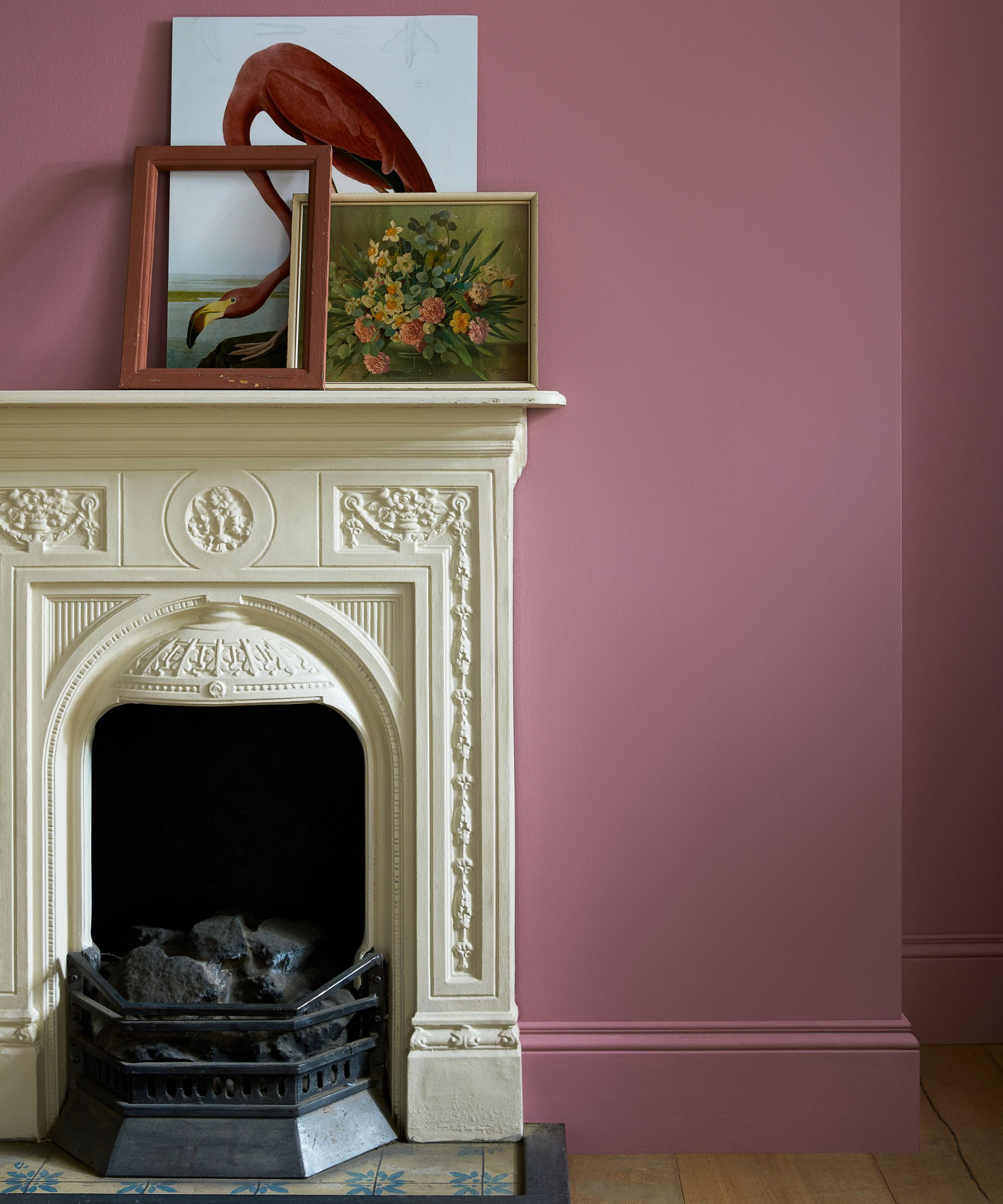
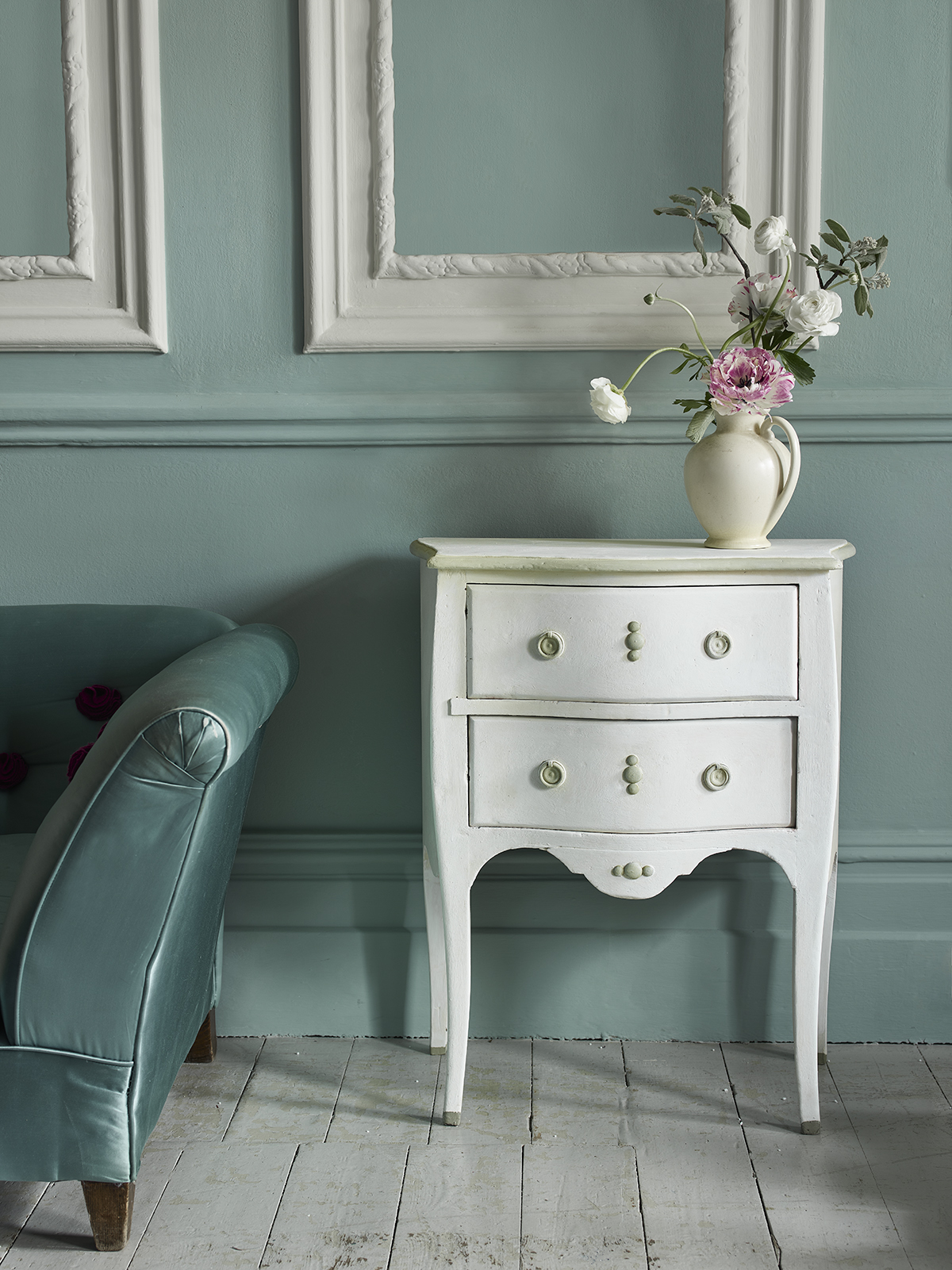
Why paint your skirting boards the same colour as your walls? For many homeowners, it’s about creating a softer, more considered look that allows the eye to flow naturally around the room. When you remove the stark line of white trim, your walls appear taller and the whole space feels more connected. It’s a particularly effective trick in small living rooms or spaces with lower ceilings, where that sense of height really matters.
"Painting your skirting boards the same colour as your walls removes visual boundaries and draws the eye upwards, rather than downwards," explains Lee Trethewey, interiors expert at Sustainable Furniture. "It’s a more modern and minimalist look, whereas contrasting skirting feels more traditional."
Bailey Oates, colour expert at Earthborn, agrees that this technique can have a transformative effect. "It can make rooms feel larger because there are no lines to distract the eye, creating the illusion of a large space," she says. "It’s also a good trick in cosier rooms, where this approach can create an intimate, cocooning atmosphere."
Designer and paint expert Annie Sloan describes the look as “enveloping” and “harmonious.” "It’s especially effective when using heritage tones like soft greens, greys or stone shades," she says.
Bring your dream home to life with expert advice, how to guides and design inspiration. Sign up for our newsletter and get two free tickets to a Homebuilding & Renovating Show near you.
If you like a little variation, Annie suggests painting skirting boards in a slightly deeper tone than the wall to add quiet depth without breaking up the sense of flow. “Muted, earthy tones are very on-trend right now,” she explains. “Warm coffee-and-chocolate browns or clay-inspired neutrals make beautiful grounding trims that quietly complement the wall colour.”
Building on this idea, you could also experiment with soft tonal shifts or complementary hues that pick up other elements in the room, such as the flooring, furniture or window treatments.
Top tip: Before you commit, test colours on the wall and the skirting, living with them for a few days to see how the light changes them.

Lee Trethewey is general manager at Sustainable Furniture, a family-run, Cornwall-based furniture retailer specialising in sustainable, high-quality furnishings for both the home and garden. His key eye for design and decoration, and his commitment to environmental responsibility, make him a trusted advisor for anyone looking to create beautiful, sustainable living spaces.

With a passion for all things creative, colour expert Bailey Oates brings a wealth of expertise to the eco-friendly paint company Earthborn. Holding a BA Hons in Spatial Design from Liverpool John Moore’s University, Bailey’s keen eye for colour and design shines through in everything she does.

Annie Sloan is an internationally renowned paint expert, colour theorist and creator of Chalk Paint™, celebrated for her transformative approach to decorative painting and accessible, creative approach to interior design.
When to contrast your skirting boards and walls
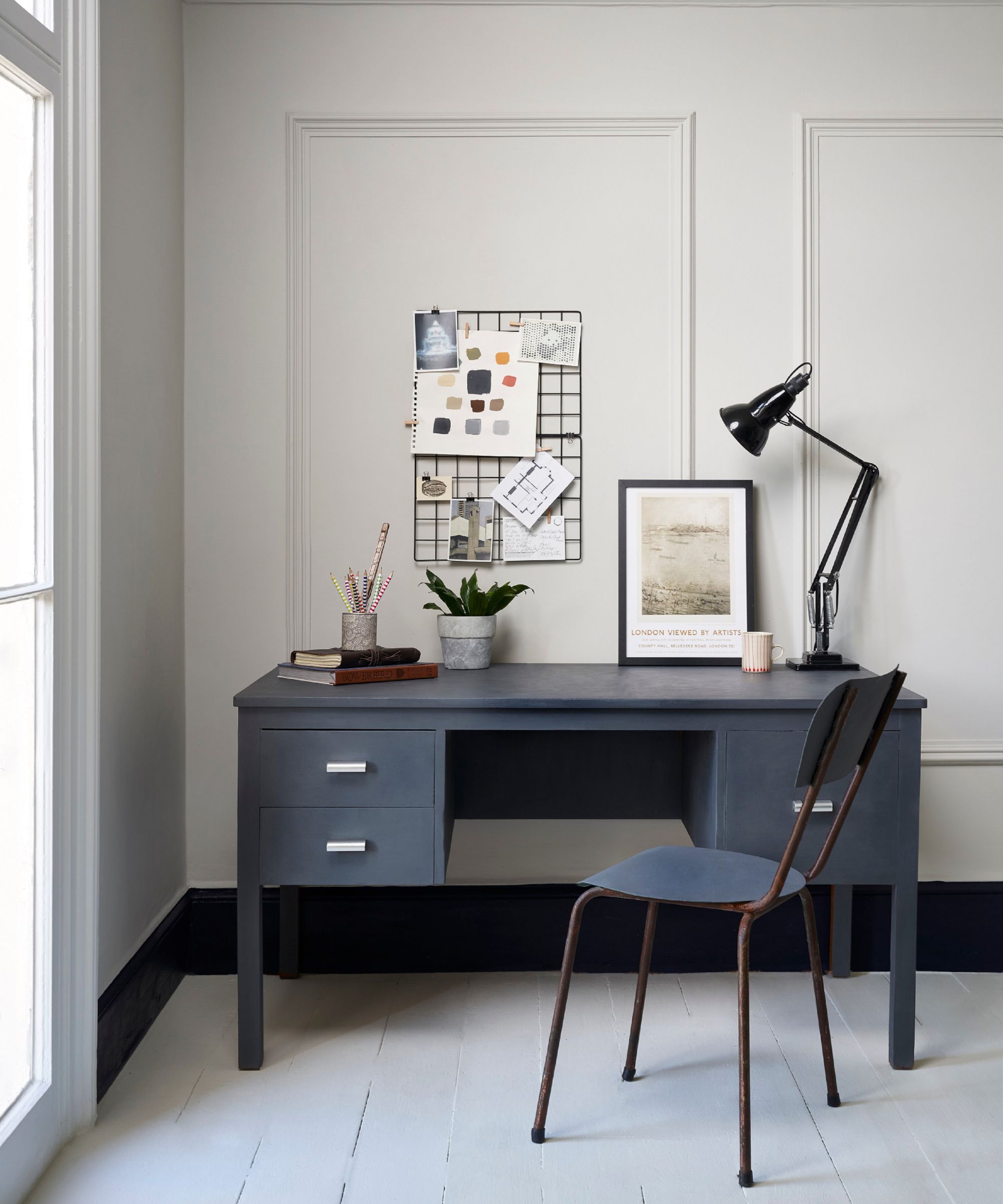
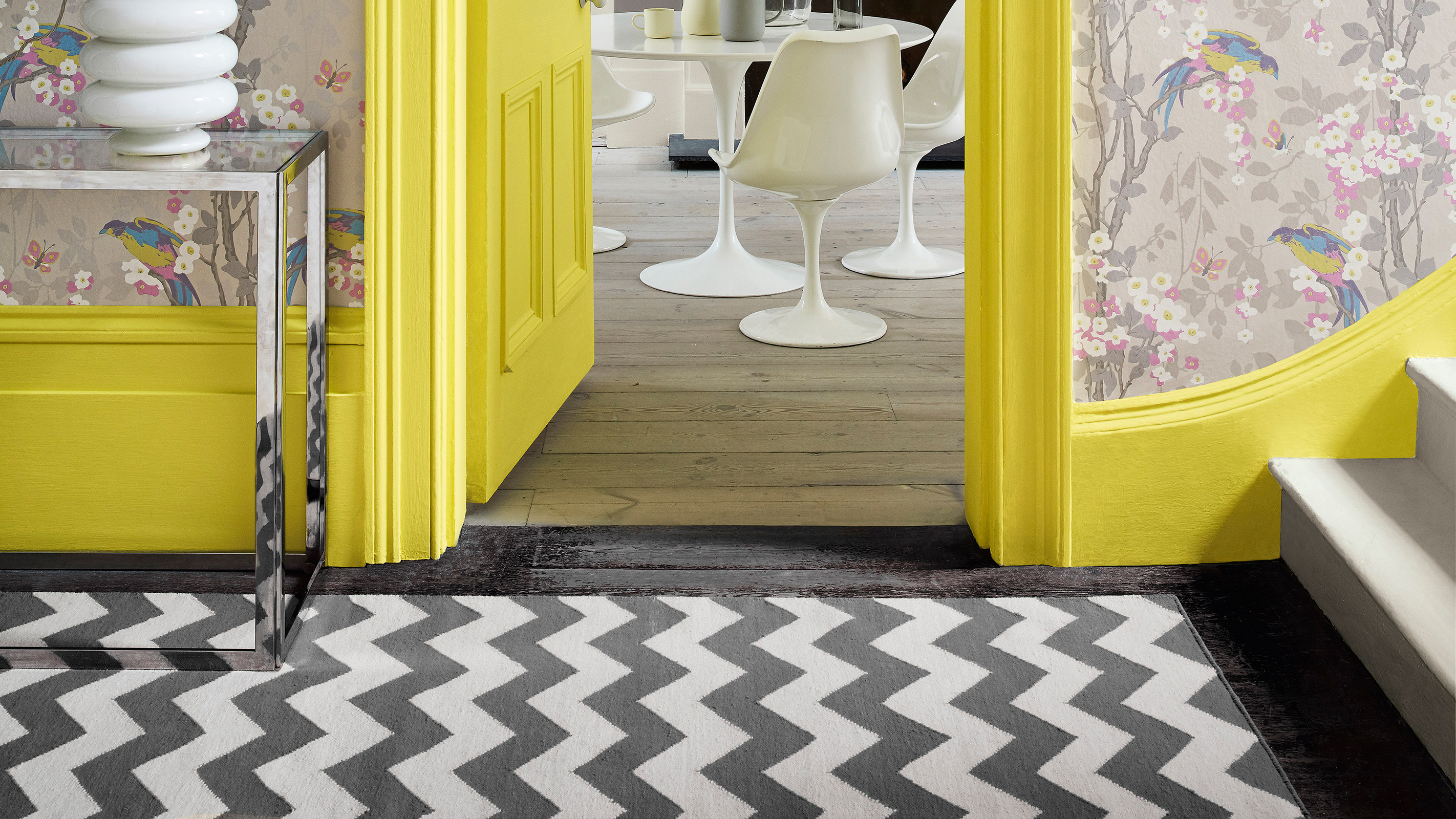
Where matching tones create a sense of flow, contrasting colour introduces structure and a touch of formality. The trick is learning how to coordinate your skirting with your style of interior.
For example, in Georgian homes, crisp white trim can beautifully frame bold wall colours and accentuate period details. As Lee Trethewey explains, “Painting your skirting boards a different colour can help highlight architectural features and is much more traditional in style. This classic approach often feels right in period homes, where ornate mouldings deserve to stand out rather than blend in.”
According to Bailey Oates, contrast can also be a clever way to introduce personality to modern schemes. "Try painting skirting boards in a darker or contrasting shade to your wall colour," she suggests. "It’s an ideal way to bring in an accent colour that doesn’t dominate or overwhelm the space, and it works particularly well with neutral walls and slightly deeper tones on woodwork."
Annie Sloan takes this idea further, pointing out that contrast can be used to subtly shift a room’s proportions. "Lighter skirting than walls grounds the room and can make walls seem slightly shorter or more defined, which is great if you want a traditional, structured feel," she says. "Darker skirting than walls adds visual weight at the base, giving a sense of solidity and balance. This works beautifully in high-ceilinged or period properties where you want depth and contrast."
Top tip: If you’re unsure where to start, look for skirting board colour ideas that show how subtle pairings can completely change the mood of a space.
Shop skirting board paints
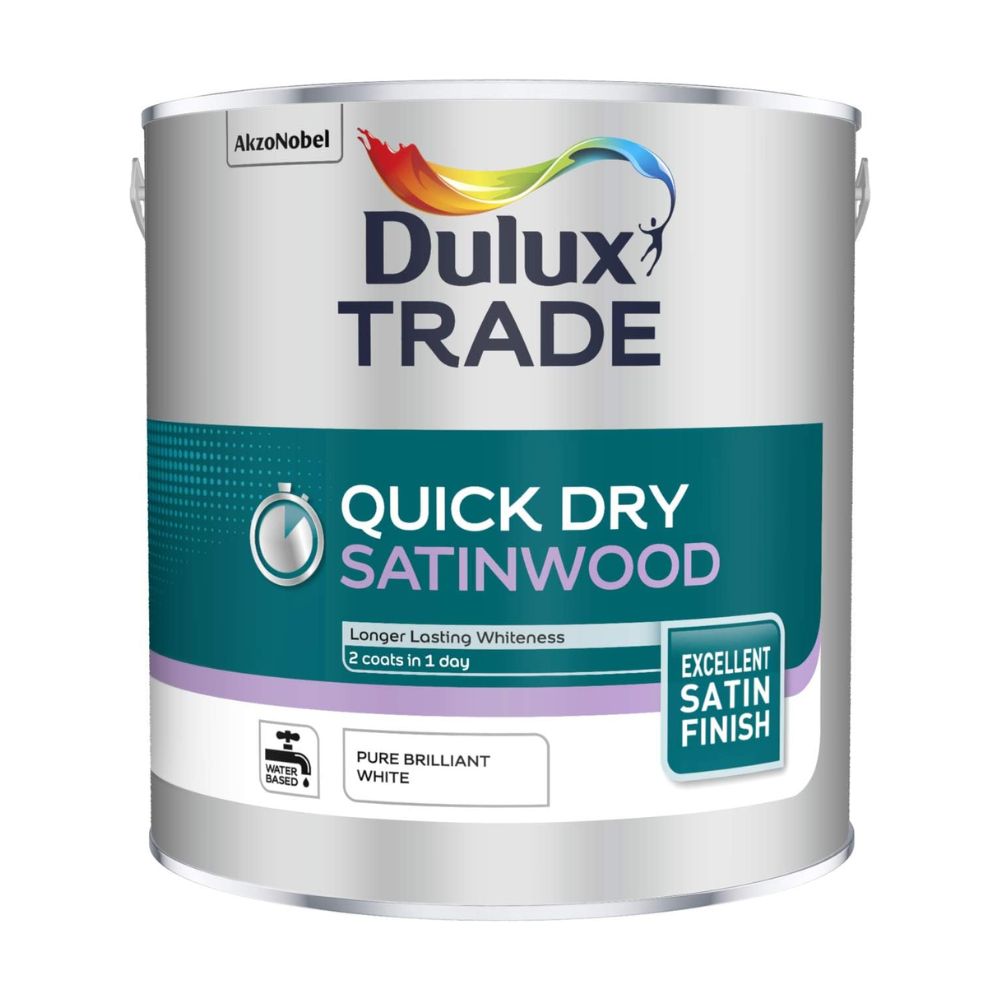
Dulux Satinwood offers a tough, durable finish with a soft sheen. It’s easy to apply, needs minimal prep on painted surfaces, and delivers a smooth, professional-looking result.
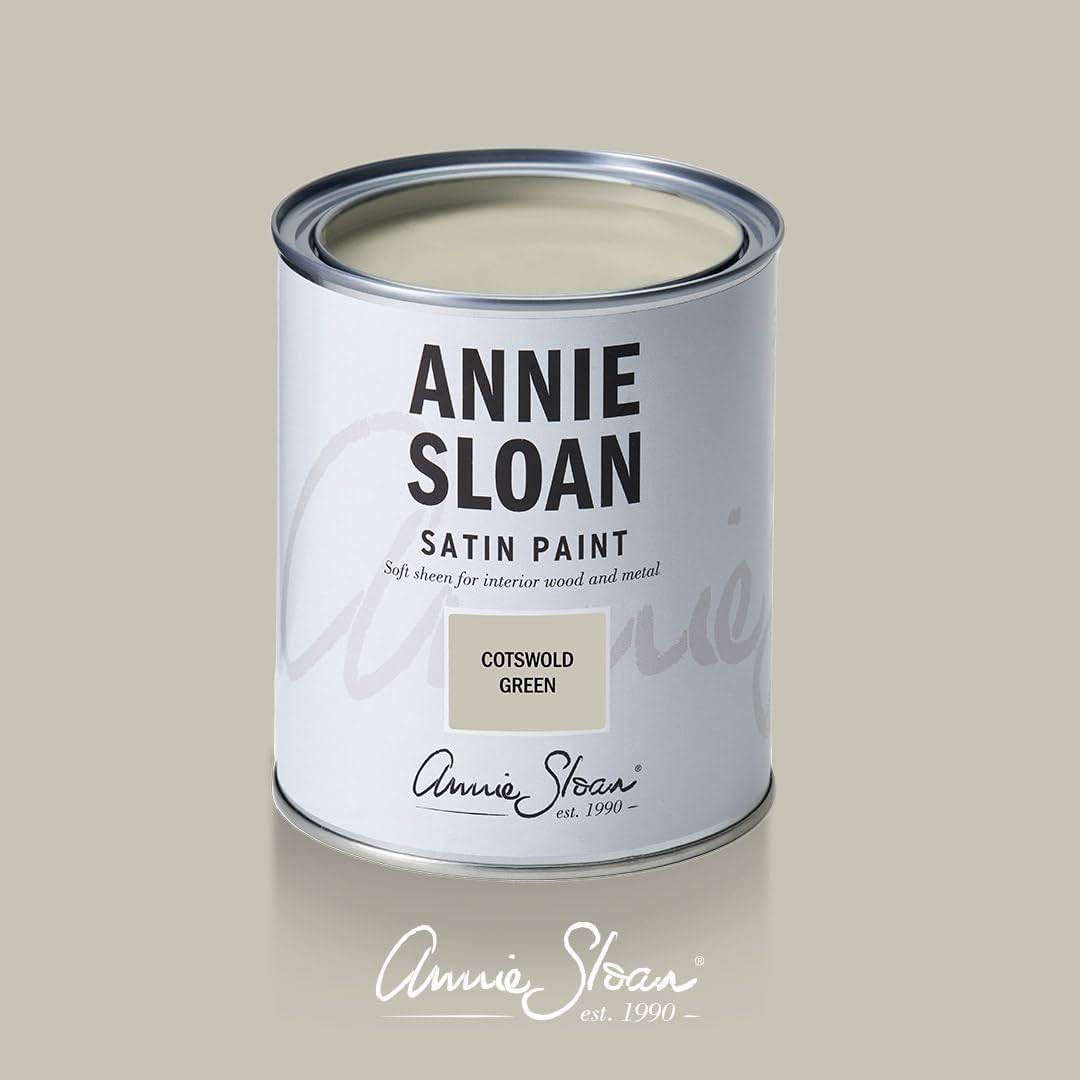
Annie Sloan Satin Paint in Cotswold Green is a soft, flattering sage with a durable satin finish. Perfect for skirting boards and trim, it’s water-based, low VOC and beautifully hard-wearing.
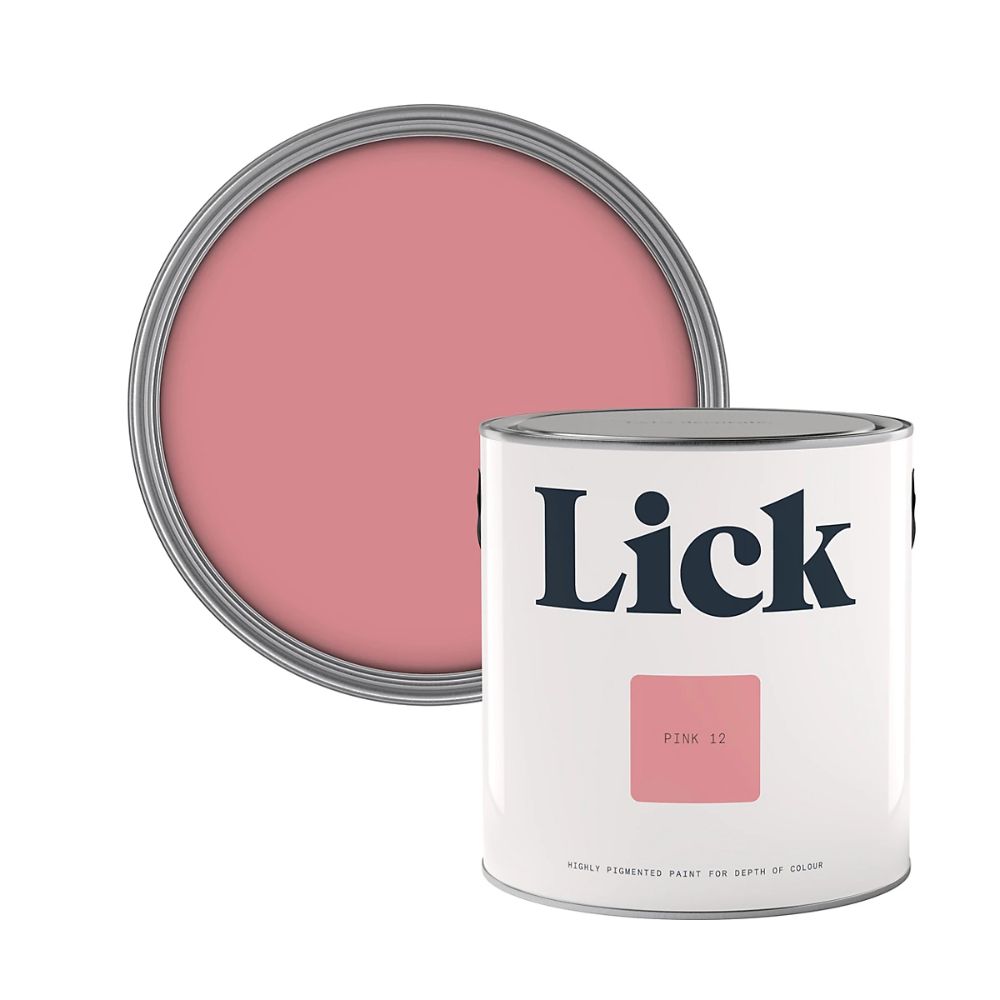
Lick Pink 12 is a bold coral pink with warm undertones and a smooth eggshell finish. Perfect for skirting boards, it’s durable, wipeable and moisture-resistant for a flawless, long-lasting look.
How to find the right approach for your space
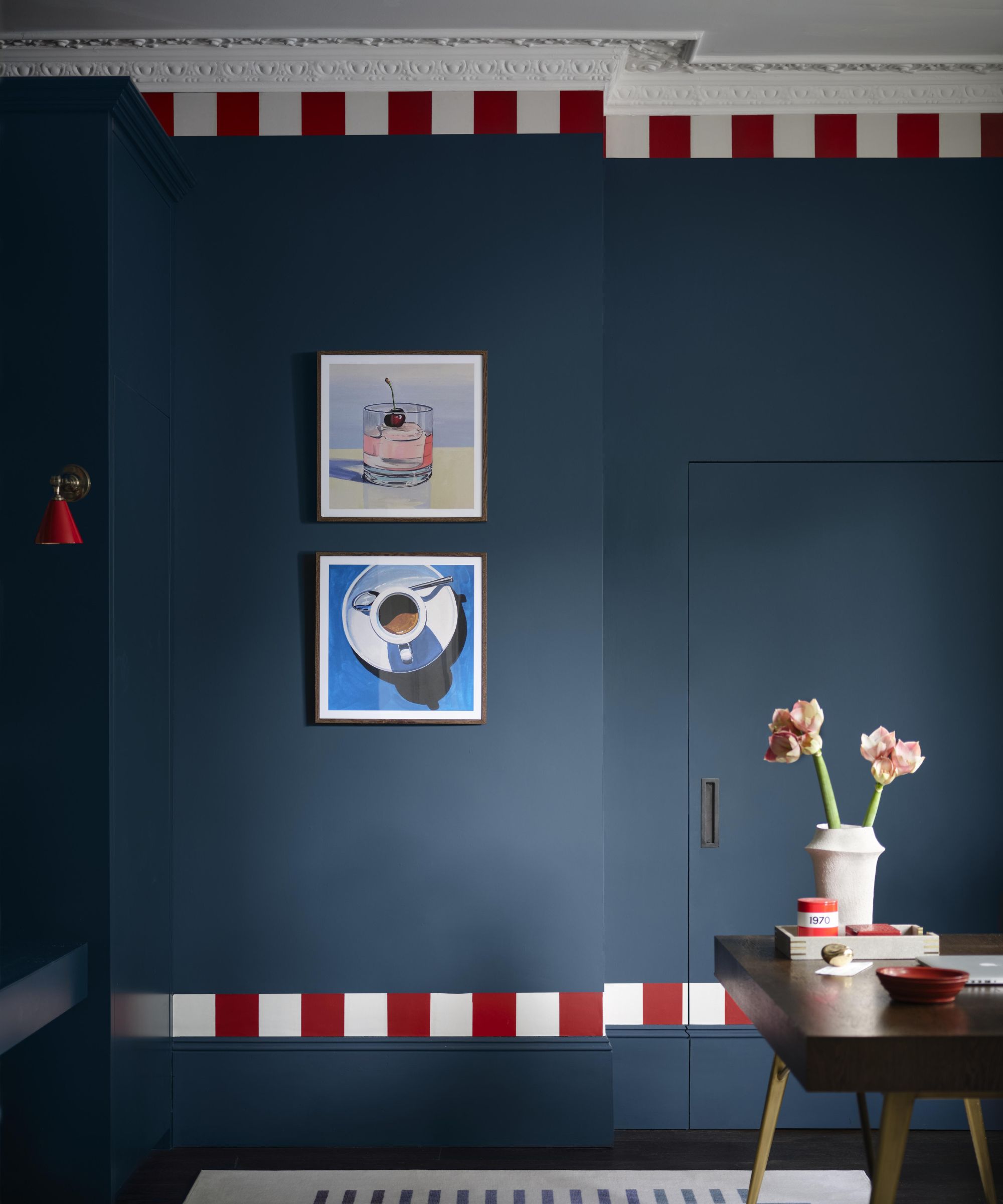
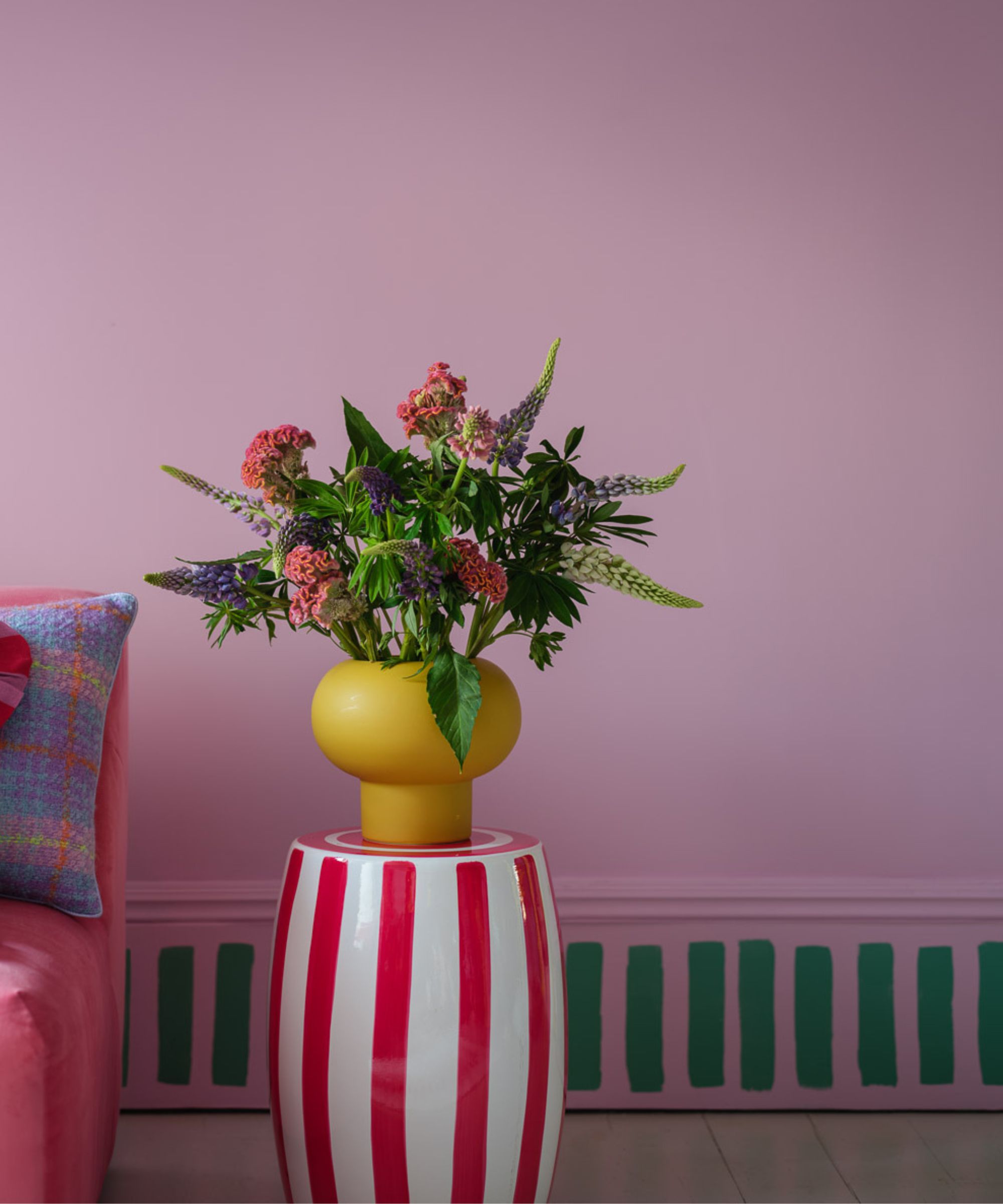
There’s no single rule when it comes to painting skirting boards – it’s more important to find out what feels right for your home. Start by looking at the architecture and natural light in each room. Older properties with decorative mouldings often suit contrast, while contemporary spaces tend to look more cohesive when the skirting blends into the wall.
Flooring also plays an important role. Pale boards can look washed out next to white skirting but beautifully grounded against something deeper, like charcoal or olive. Think about how your wall colour meets the floor – do you want the eye to move seamlessly across both surfaces or pause at a defined edge?
Paint finishes are just as important as the colour itself. As Lee Trethewey points out, skirting boards act as a buffer between your furniture and the wall, so choosing a hardwearing satin or eggshell formula will help protect against scuffs and marks. These are often the best skirting board paints to use in high-traffic areas.
And if you love the idea of colour but don’t want to fully commit to matching or contrasting skirting boards, there’s a playful middle ground emerging in design: decorative borders and painted patterns that act as creative skirting board alternatives. These treatments take the concept of the traditional trim and give it a fresh, contemporary twist. From graphic stripes to bold blocks of colour, they frame a room in a way that feels unexpected yet considered.
If you’re renovating, you might be tempted to start removing skirting boards for a cleaner look, but it’s worth taking a moment before you do. In period homes, original skirting often brings a sense of proportion and character that’s hard to recreate once it’s gone. Where possible, repair or restore rather than replace. If the existing boards are beyond saving, you could consider skirting over skirting instead.

Gabriella is an interiors journalist and has a wealth of experience creating interiors and renovation content. She was Homebuilding & Renovating's former Assistant Editor as well as the former Head of Solved at sister brand Homes & Gardens, where she wrote and edited content addressing key renovation, DIY and interior questions.
She’s spent the past decade crafting copy for interiors publications, award-winning architects, and leading UK homeware brands. She also served as the Content Manager for the ethical homeware brand Nkuku.
Gabriella is a DIY enthusiast and a lover of all things interior design. She has a particular passion for historic buildings and listed properties, and she is currently in the process of renovating a Grade II-listed Victorian coach house in the West Country.
